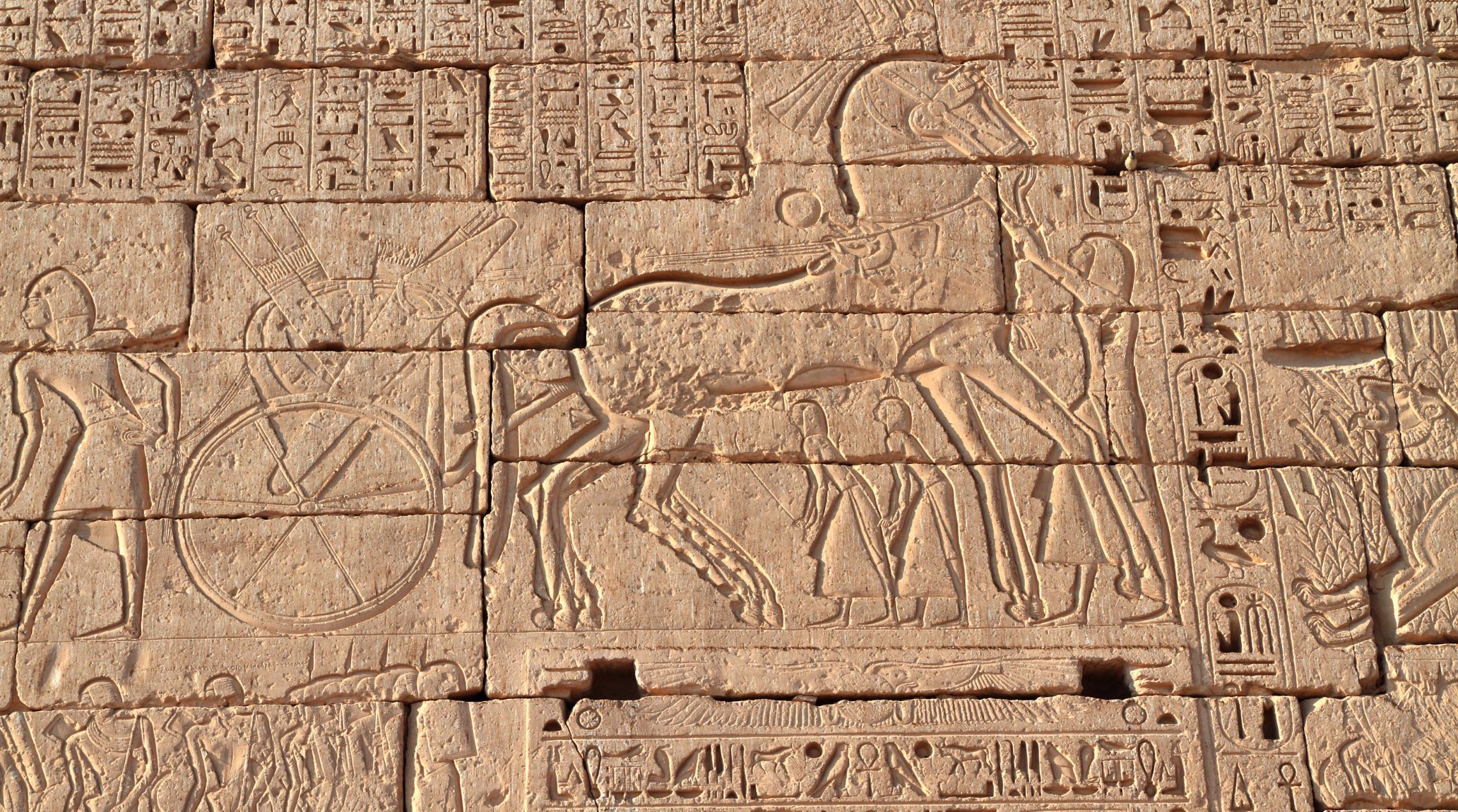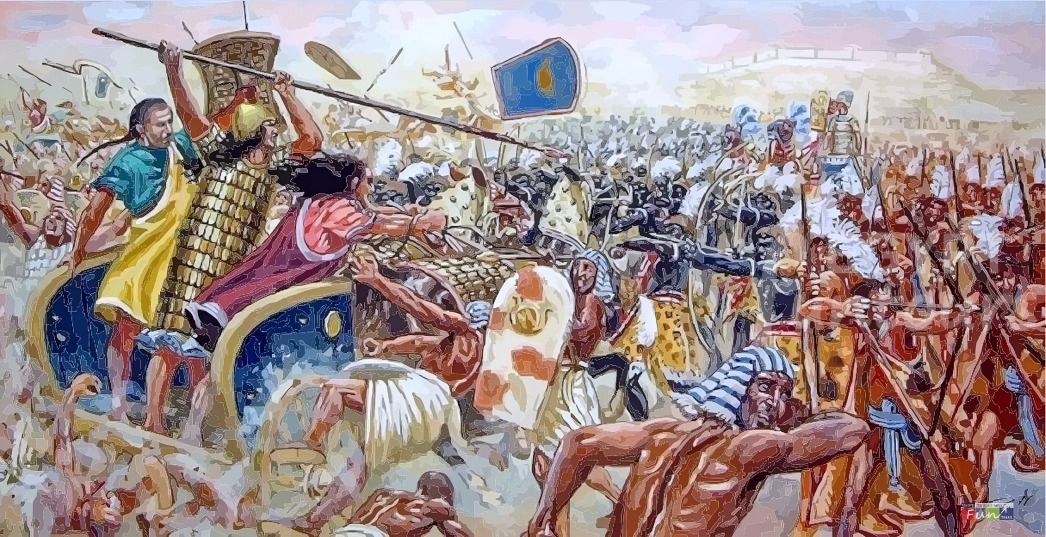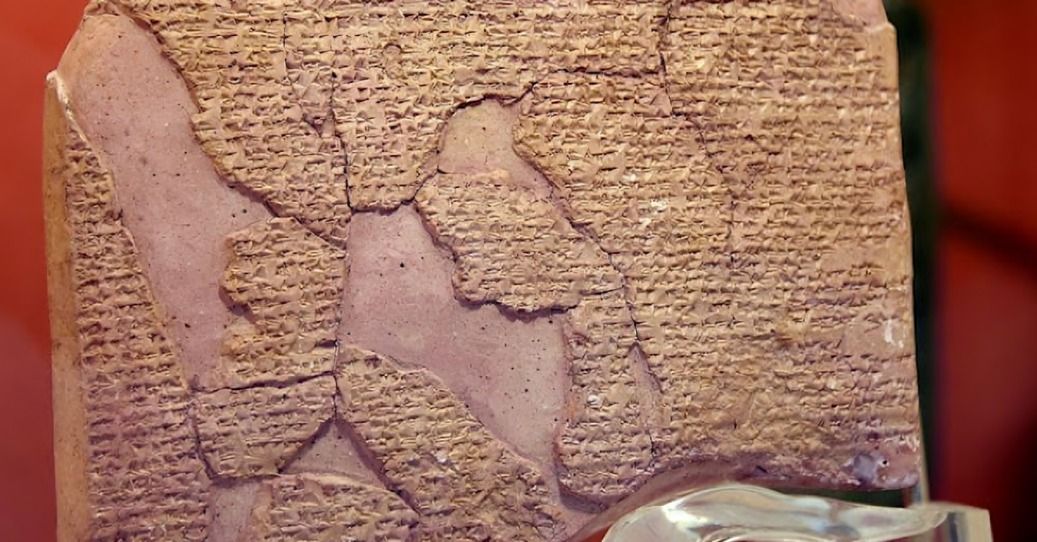
“
The Battle of Kadesh, fought around 1274 BCE between the Egyptian Empire and the Hittite Empire, is considered a landmark in military history. Here are 15 essential facts that shed light on this remarkable battle and its enduring significance.1
1
”
The Battle of Kadesh, fought in 1275 BCE in present-day Syria, is often considered the largest chariot battle in history. The war was between Egyptian forces and Hittite troops under King Muwatalli II, who were backed by eighteen allied states. 1
In one of the biggest chariot battles ever, near the Orontes River, Pharaoh Ramses II fought to take back Syria and the city of Kadesh from the Hittites. Thousands of chariots battled fiercely, but neither side won. 2

The Egyptian forces were organized into four divisions and included Canaanite and Sherden mercenaries, while the Hittite army comprised allies from Kadesh, Aleppo, Ugarit, and other regions, including 19 allied contingents listed by the Egyptians.
Ramses II was deceived by false intelligence from Hittite spies, leading him to believe that Muwatalli's forces were far from Kadesh. This misinformation left Ramses’ army vulnerable to a sudden and devastating Hittite assault. 3
The Hittites employed heavier three-man chariots, designed for direct combat. These chariots were used to devastating effect, initially breaking through the Egyptian lines and causing chaos among Ramses II's forces.4
Despite being caught off guard, Ramses II personally led a counterattack to rally his scattered forces. His bold actions and leadership under pressure turned the tide of the battle, preventing a complete Egyptian defeat. 5
The Battle of Kadesh ended in a stalemate, with neither side achieving a decisive victory. Both the Egyptians and Hittites claimed success, leading to further diplomatic and military engagements in the years that followed. 6

The results of the Battle of Kadesh eventually led to the signing of the first known peace treaty in history. The treaty, between Ramses II and Hittite King Hattusili III, established a long-lasting peace between the two empires.
Spies played a significant role in the Battle of Kadesh, with both sides using them to gather intelligence. The Hittites' successful use of disinformation directly influenced the course of the battle. 7
The Battle of Kadesh was crucial in determining the balance of power in the ancient Near East. Although it didn’t lead to a decisive outcome, it marked a shift in the Egyptian-Hittite rivalry towards diplomatic resolution. 8
The Egyptian chariots were lighter and more maneuverable than their Hittite counterparts. This difference in design reflected different military strategies, with Egyptians favoring speed and agility in their chariot warfare. 9
The battle site at Kadesh has yielded some archaeological evidence, though much remains to be discovered. Artifacts and inscriptions from the period provide valuable insights into the military technologies and strategies employed. 10
The Battle of Kadesh has been depicted in various forms of Egyptian art, including bas-reliefs and temple inscriptions. These depictions serve both as historical records and as propaganda tools, emphasizing Ramses II's heroic role in the battle. 11
Ramses II exaggerated the outcome of the battle, making it seem like a great Egyptian victory. He had this version of events carved into the walls of temples all over Egypt, including the Ramesseum and the temples at Abu Simbel. 12
The Battle of Kadesh influenced military tactics in the ancient world, particularly the use of chariotry in large-scale battles. The lessons learned from this engagement were studied by later civilizations in the region. 13


